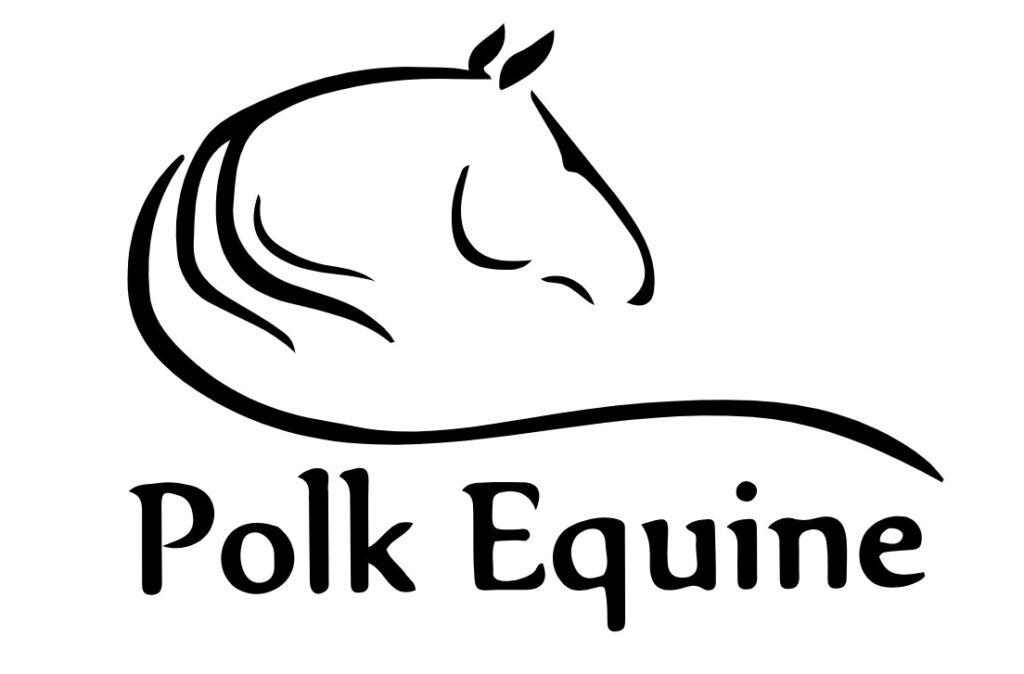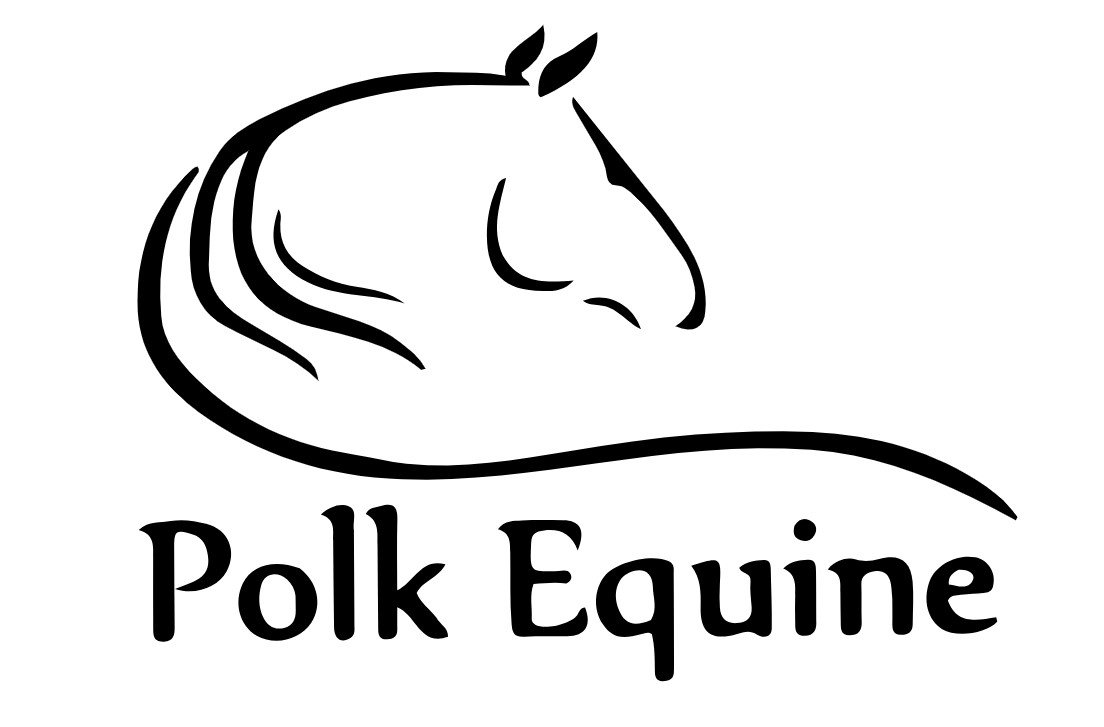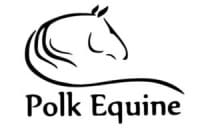Equine navicular disease, also known as navicular syndrome, is a common and often challenging problem that affects the feet of horses. It primarily involves the navicular bone (a small, flattened bone located within the hoof) and the surrounding structures. The navicular bone acts as a shock absorber and helps distribute the weight of the horse’s body over the hoof. This condition can cause lameness and discomfort in affected horses.
What Causes Navicular Disease?
The exact cause of equine navicular disease is not fully understood, but it is generally considered a multifactorial condition. Contributing factors include:
Genetics: There may be a genetic predisposition to navicular disease in certain breeds.
Conformation: Horses with certain foot conformation, such as a small, upright hoof, may be more susceptible.
Overuse or Trauma: High levels of activity, excessive training, or trauma to the hoof can contribute to the development of navicular disease.
Imbalance and Poor Shoeing: Improper trimming and shoeing that lead to imbalance in the foot.
What Are the Signs of Navicular Disease in Horses?
The symptoms of equine navicular disease can vary, but common signs include intermittent lameness that can affect one or both front limbs, tenderness in the heels, a change in the horses’ gait that has them walking toe first and acute cases can have inflammation and heat.
How Do You Diagnose Navicular Disease?
Diagnosing navicular disease should include a thorough lameness examination with diagnostic imaging, such as X-rays or magnetic resonance imaging (MRI).
What are the Treatment Options for Navicular Disease?
While there is no cure for navicular disease, there are various management and treatment strategies to alleviate symptoms and improve the horse’s comfort:
Corrective Shoeing: Proper trimming and shoeing techniques can help balance the foot and reduce stress on the navicular area.
Anti-inflammatory Medications: Non-steroidal anti-inflammatory drugs (NSAIDs) may be prescribed to reduce pain and inflammation.
Joint Supplements: Nutritional supplements containing ingredients like glucosamine and chondroitin may support joint health.
Regulated Exercise: Controlled or reduced exercise routines can help manage symptoms and prevent further deterioration.
Equine navicular disease poses a significant challenge to horse owners and veterinarians. Early detection and proper management can enhance the quality of life for affected horses. If you suspect your horse may be suffering from navicular disease, contact your veterinarian for a timely and effective treatment plan.




